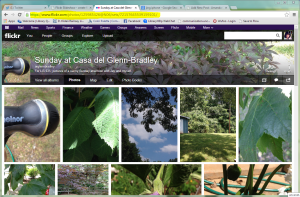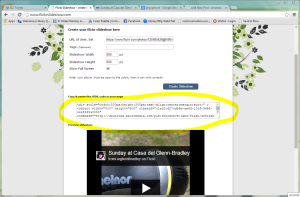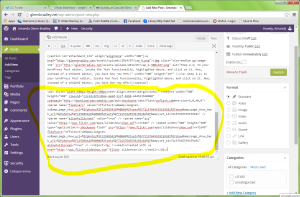I’ll admit, I was a little intimidated when we received our team pairings for this assignment. I know I’m often times the only or one of the only academic librarians-in-training in my classes, so finding someone with interests similar to mine is a bit of a shell game. I was paired with the incomparable Stacy Morgan, school library conquerer-to-be for this assignment, given that both of us were bound and determined to finish our projects early.
Honestly, that pairing was serendipitous! Stacy and I first worked together, albeit briefly, in LIS 600 in the same discussion group during my first semester, her second or third (I can’t remember which!) last fall. I knew her worth ethic was absolutely admirable. In the midst of the almost 50 e-mails we batted back and forth and an almost two hour Google Hangout, we settled on a concrete work plan that incorporated both of our essential questions into one point-of-view; finding a tool that promoted transliteracy and technological savvy across the ages or, as I came up with the title, Across the Academy. Dr. Morris, in her pairing e-mail, encouraged us to look at the K-18 perspective rather than K-12 versus the undergraduate experience.
Since Stacy is on the SLM track (School Library Media, as opposed to yours truly who is on the ubiquitous General track with a heavy slant towards technology and instruction), we needed to present our material as a professional development opportunity. After copious research, we discovered a new tool (at least to the two of us) called Wikispaces Classroom that could bridge that age gap easily AND is low-to-no-cost for instructors across the spectrum. After orienting ourselves to the product, we split the work down the middle, suiting each of our strengths and making sure that both of our voices were represented (quite literally; you’ll hear both of our voices in the package!) and both our chosen fields were represented. To present the material, we utilized the TEDed platform to fuse together our Parts 2-3; the instructional video, the assessment scheme, and the curated collection are all embedded directly into the module. We hope you enjoy and learn from our flipped instruction module!
Part One – Instruction Plan: Click Here
Part Two – Curated Collection (“Dig Deeper”) and Part Three – Instructional Video (“Watch”) and Assessment Strategy (“Think” and Discuss”): Click Here





